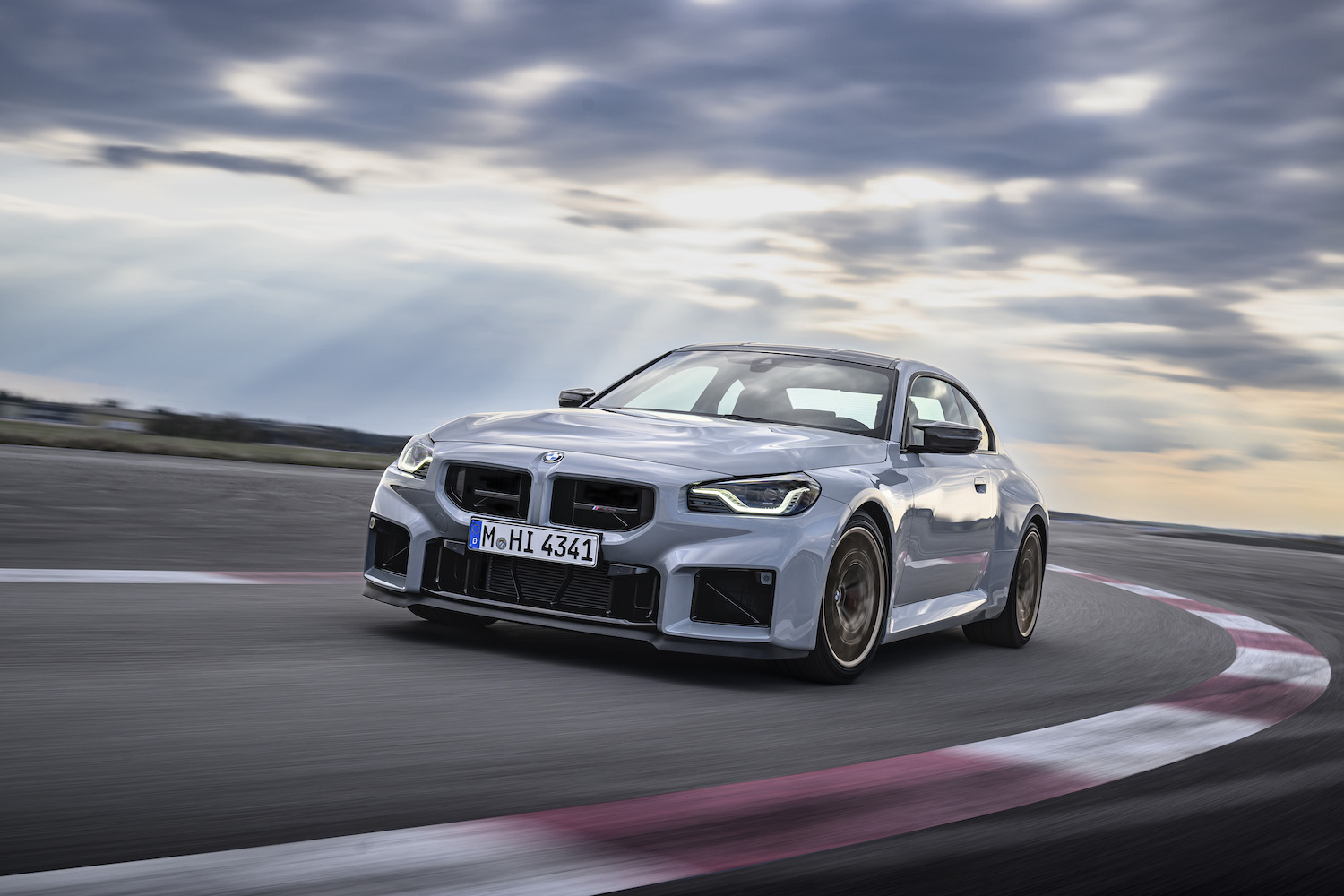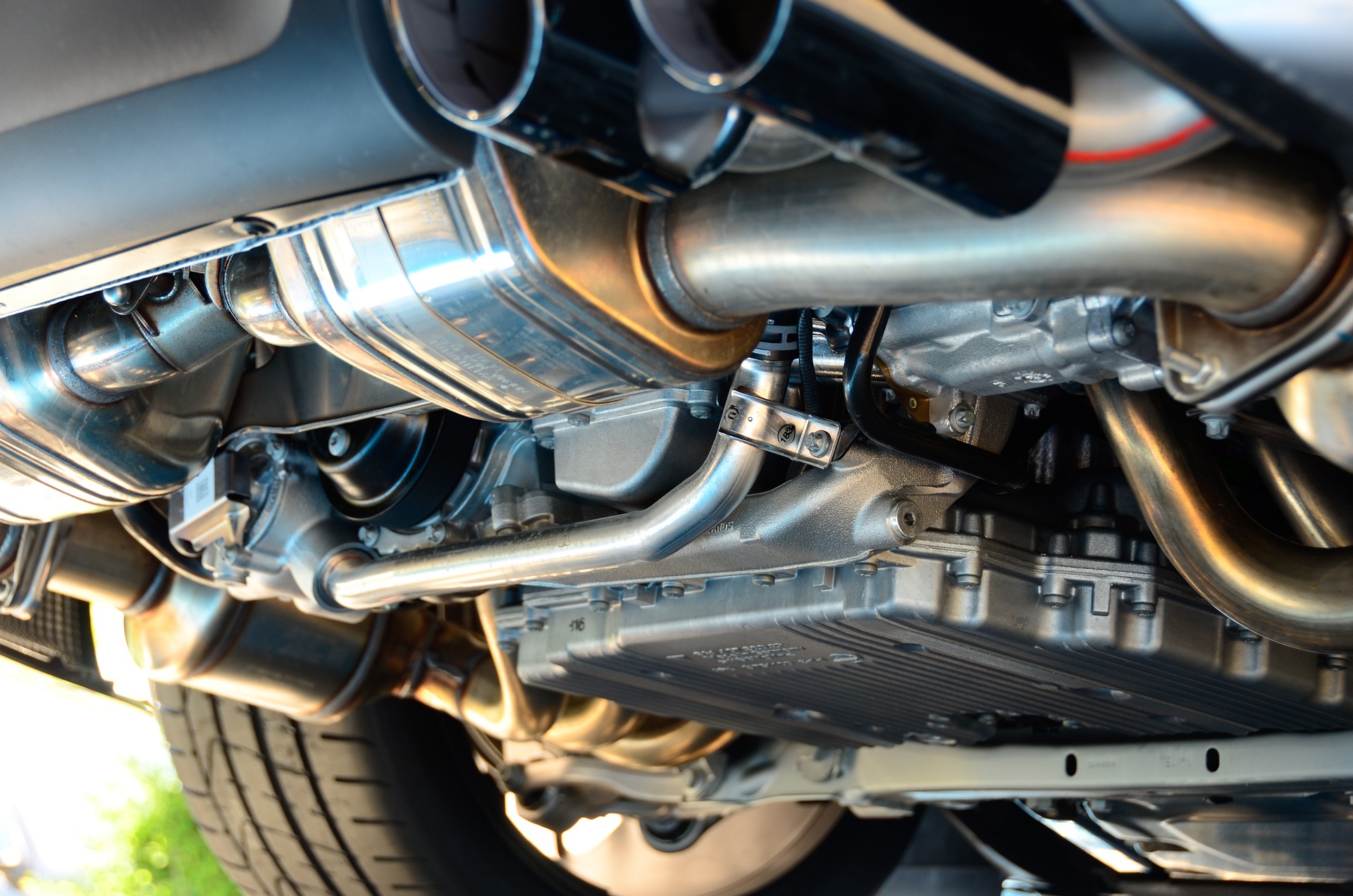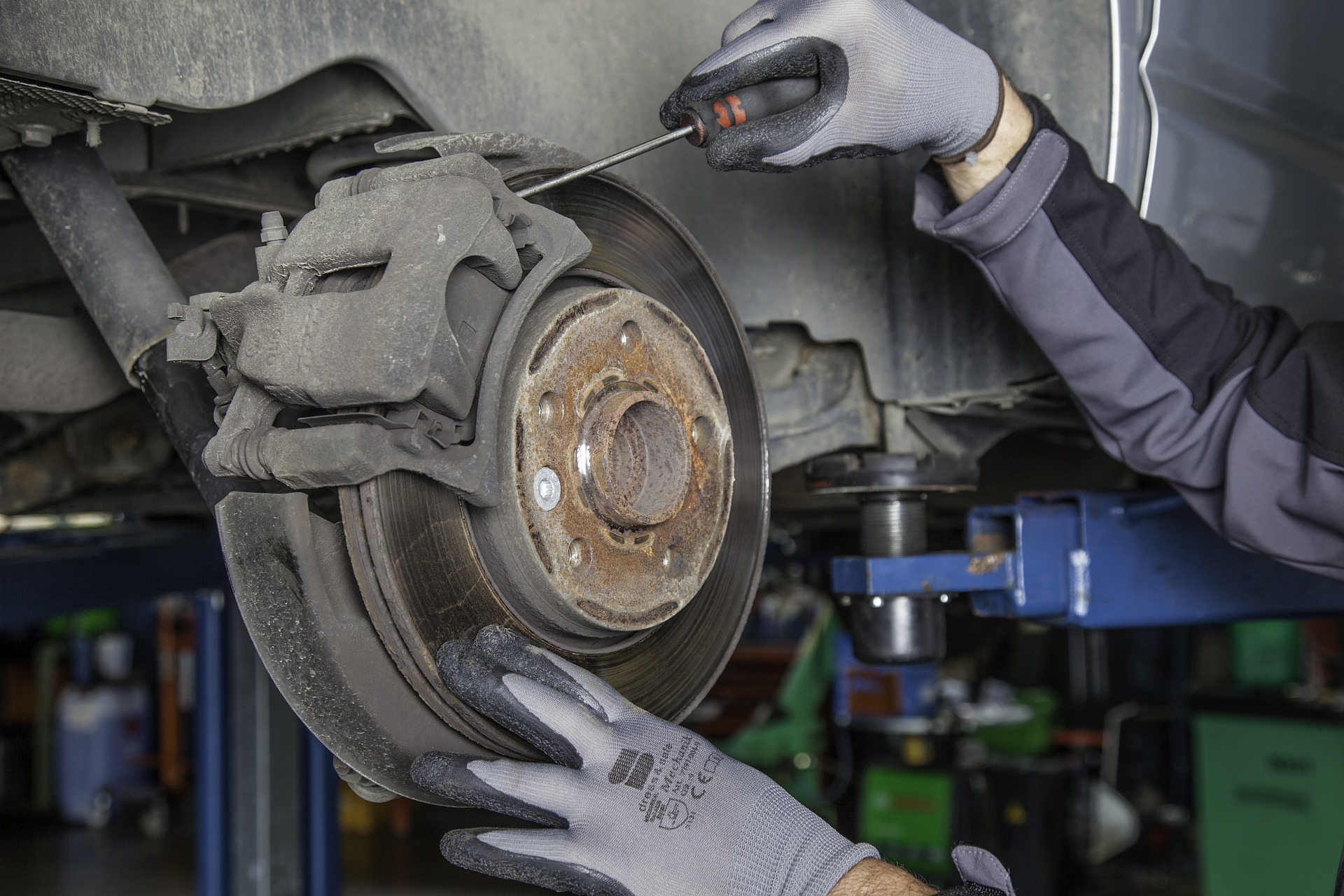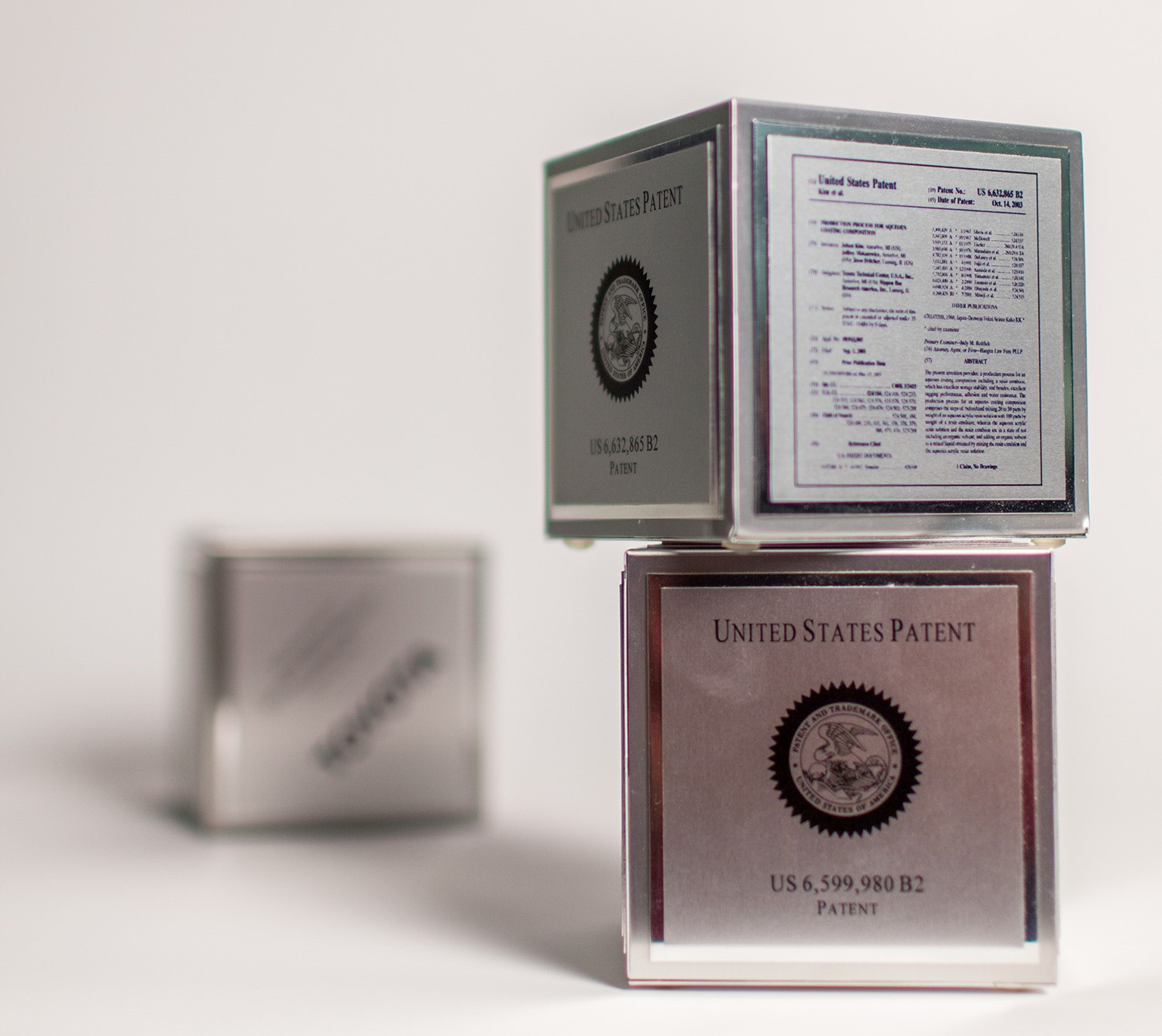Why do dogs pant in the car?
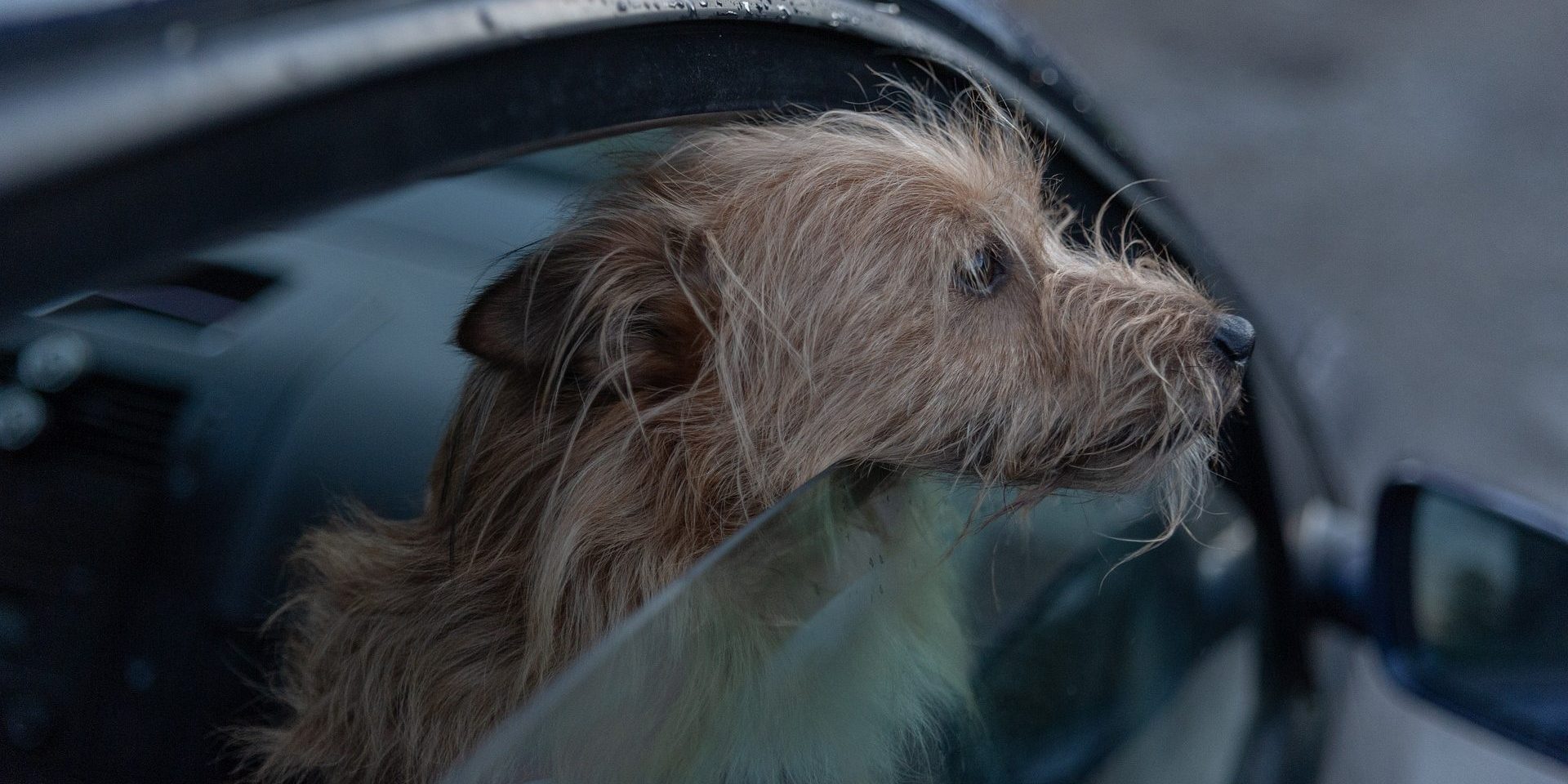

Dogs are prone to panting for various reasons, and it’s not uncommon for them to do so during car rides. The most likely explanation behind this behavior is anxiety or excitement caused by the strange environment and unfamiliar movement. Some dogs may become nauseated, increasing panting out of fear of vomiting. Motion sickness can also cause excessive drooling, tremors, and other symptoms associated with a racing heartbeat.
To ensure your dog stays calm during car rides, try introducing him to the car gradually, starting with shorter trips before gradually building up to longer ones. Keep your pet safe and secure while driving; provide sturdy crates or harnesses that will keep them from moving around too much. Take frequent breaks during long travels; this not only allows your dog to stretch his legs but also provides an opportunity for fresh air and hydration.
Finally, be sure that your car air conditioning vents are open on warm days as overheating in closed spaces can cause hyperventilating in dogs. If you’re still struggling with your dog’s panting in the car after trying these suggestions, it may be best to consult with your veterinarian to rule out any underlying medical conditions and address the situation accordingly.
Understanding the Panting Behavior of Dogs
Dogs pant for a variety of reasons, and this behavior is particularly prevalent when traveling in a car. Panting allows dogs to regulate their body temperature and release excess heat. However, anxiety can also cause panting, which is common during car rides. The unfamiliar environment and motion sickness can be stressful for dogs, leading to panting as a coping mechanism.
To alleviate your pet’s stress while traveling, ensure that the car windows remain open or the air conditioning is on. Letting them sniff fresh air or providing familiar scents can also calm them down. Additionally, a well-ventilated crate or harness will help prevent motion sickness.
Pro Tip: Keeping your dog hydrated during travel is essential to avoid dehydration and keep their body temperature regulated. Offer them water regularly throughout the journey.
Physiological Reasons for Panting
When dogs travel in a vehicle, their body’s response is to pant, a natural way for them to cool off. This is a physiological response to the heightened temperature and excitement during transportation, rather than an expression of fear. Some dogs pant more than others as a result of their physical fitness, size, and age, or due to underlying medical conditions such as obesity or respiratory issues.
Moreover, panting increases when dogs experience anxiety or stress, leading to excessive drooling and restlessness. In such cases, it is crucial to reduce the stressor or use calming tools such as pheromone sprays, music, or anti-anxiety medications prescribed by a veterinarian.
Interestingly, dogs have evolved to be able to tolerate and enjoy car rides, as they have been traveling with humans for centuries, primarily as working animals. Modern dogs have adapted to car travel as a part of their daily routine and have come to associate it with positive experiences such as walks, playtime, and visiting new places.
It is essential to understand dogs’ physical response to car travel to ensure their safety and comfort during the journey. Observing their behavior, providing proper training and allowing adequate breaks and cool-down periods can help manage their level of panting and anxiety during car rides.
Regulating Body Temperature
One way for animals to regulate their internal temperature is by panting. This process allows for heat to be removed through the evaporation of moisture, hence cooling down their bodies. The act of panting involves rapid breathing and an increase in heart rate, both working together to sustain comfortable internal temperatures.
In many species, panting is a common response during physical activities that cause the body temperature to rise significantly. Unlike humans, who sweat to reduce internal temperature, animals use panting as it proves more efficient in getting rid of excess heat quickly. Panting also signals dehydration, as bad breath can lead to a dry mouth.
Interestingly, different animals have varied mechanisms that help support the physiological act of panting. For some animals like dogs, they use their tongues and mouths to facilitate air movement within their respiratory systems further improving efficiency.
Oxygen intake during panting fluctuates based on how fast the animal breathes so; it’s essential not only for regulating body temperature but also keeping up with oxygen demand when exercising or increasing heart rate causes oxygen level demands increases than at rest.
Panting has played a significant role in animal evolution as it allowed specific species like canines to survive in environments that were hostile due to hot temperatures and limited access to water sources.
Increased Heart Rate and Oxygen Intake
The physical effects of rapid breathing, or panting, on the body are significant. A rise in heart rate and increased oxygen intake are some of the primary concerns for an animal experiencing panting. This is often a response to heat or exercise, as the body tries to regulate its temperature. Essentially, as the animal breathes more rapidly, their heart beats faster and they take in more oxygen to cope with the demand.
As a result of this increase in heart rate and oxygen intake, other changes occur within the body. For example, blood vessels dilate in order to allow greater circulation of nutrients and oxygen to vital organs such as the brain and lungs. At the same time, an increase in carbon dioxide levels can cause acidosis – a condition that disrupts normal bodily functions.
It is important to note that panting can be caused by factors other than heat or exercise, such as stress or illness. In these cases, it is important to address underlying causes rather than simply treating symptoms.
If left untreated or ignored, excessive panting can lead to serious health issues like dehydration, heat stroke and seizures. Therefore, pet parents should always pay attention to any changes in their animal’s behavior and act accordingly.
Being aware of the physiological reasons for panting can help pet owners recognize when their furry friend may be in distress. So if you notice your pet panting excessively or acting differently than usual, it’s best to seek professional advice right away. After all, keeping our furry friends healthy and happy is always at the top of our list!
Calming Effect
Panting has a soothing and calming effect on dogs. In times of stress, panting helps ease anxiety by controlling the dog’s body temperature and heart rate. Moreover, it facilitates oxygen flow throughout the body resulting in decreasing stress levels.
Additionally, rapid shallow breaths of panting help reduce blood pressure and muscle tension, preventing the onset of stress-induced behavioral problems. Panting can also be an indication of pain or discomfort in your furry friend.
A study conducted by Dr. Rachel Malamed, a board-certified veterinary behaviorist in California, revealed that petting your dog while they are panting can trigger an even more profound calming response than petting them when they are not panting.
Interestingly, excessive panting can be an early symptom of underlying medical conditions such as respiratory disorders like laryngeal paralysis or tracheal collapse. Therefore it is crucial to monitor your pet’s breathing pattern and seek veterinary assistance if you notice any signs of distress.
Psychological Reasons for Panting
Dogs often pant in the car due to the psychological stress they experience while traveling. The unfamiliar sights, sounds and smells can trigger this stress, leading to excessive panting. This may also be due to motion sickness or anxiety related to past experiences.
The reasons for panting can vary from one dog to another, depending on their individual personality, breed and past experiences. To comfort them, provide a soothing environment, use calming music and ensure adequate ventilation. A study by the American Veterinary Medical Association suggests that discomfort during travel can also lead to panting and it’s important to identify the root cause to ensure a comfortable ride for your furry friend.
Anxiety and Stress
The underlying psychological factors that contribute to panting in humans can often be attributed to feelings of unease or anxiety. These sensations can lead to shortness of breath and rapid breathing, similar to panting. Additionally, stress is another common cause of shallow breathing leading to panting-like symptoms.
Individuals may pant when experiencing anxiety or stress due to the release of stress hormones in the body, such as cortisol and adrenaline. These hormones activate our “fight or flight” response, which increases heart rate and constricts blood vessels. As a result, individuals may experience difficulty breathing and a sensation akin to panting.
Panting associated with psychological reasons can also destabilize an individual’s thought process by restricting their oxygen supply. A lack of oxygen changes the brain’s chemistry, leading to confusion and poor decision-making abilities.
To alleviate panting from anxiety or stress-related causes, individuals can opt for relaxation techniques like deep breathing exercises, meditation or yoga. Engaging in these activities lowers cortisol levels within the body leading to calm nervous system function and enables one’s mind to be focused yet relaxed while improving overall physiological health.
If the thought of motion sickness makes you queasy, just remember it’s your body’s way of telling you that you’re easily rocked by life’s ups and downs.
Motion Sickness
The sensory mismatch syndrome, commonly known as motion sickness, occurs when there is a conflict between visual and vestibular information. This leads to symptoms such as nausea, dizziness and vomiting. It could happen while travelling in cars, boats or airplanes and can be worsened by certain factors like stress and lack of sleep.
While it is known that medication can help alleviate the symptoms of motion sickness, there are also psychological strategies that can help. Focusing on a fixed point in the horizon and avoiding reading or looking at screens while travelling can minimize the sensory conflict causing nausea. Additionally, keeping a steady breathing pattern, using acupressure bands or focusing on other calming activities like meditation could aid in symptom relief.
It is important to recognize the symptoms of motion sickness as it can cause discomfort and decrease productivity during travel. Taking preventive measures such as planning breaks during long trips or avoiding heavy meals prior to travel could possibly reduce the chances of developing motion sickness.
Don’t let the fear of motion sickness hold you back from travelling comfortably! By taking preemptive measures and utilizing psychological techniques, one can manage their symptoms effectively during travel and enjoy their journey.
Excitement and Anticipation
The physiological phenomenon of rapid breathing, commonly known as ‘panting,’ has various psychological causes. In particular, arousing emotions such as eagerness, enthusiasm and high expectations are major contributing factors. As the body anticipates pleasure or excitement, an excess build-up of oxygen is required in the circulatory system, leading to an increase in respiratory action.
Panting usually happens when one experiences thrilling sensations during adventurous activities like skydiving, bungee jumping and rollercoaster rides. These can cause increased heartbeats and nervousness both of which lead to hypersensitivity and over-excitation resulting in panting as the body tries to adapt to these strong stimuli.
It’s important to note that panting only occurs during highly stimulating events, so it shouldn’t be considered abnormal if it happens occasionally in positive contexts.
As I was once standing at the edge of a 50-foot pier preparing myself for a jump into the water below, I remember feeling incredibly excited; my heart raced, and I began breathing heavily. It wasn’t until after I hit the water that I realized how much panting had intensified my emotions during those few moments before takeoff.
Tips to Reduce Panting in Dogs
Dogs often pant in the car due to stress, anxiety, motion sickness or excitement. To keep your furry friend calm and comfortable during car rides, here are some Tips for Reducing Panting in Dogs:
- Ensure proper ventilation by opening windows and turning on AC
- Orient your dog’s seating position to face forward
- Tire out your dog with exercise before the car ride
A dog’s panting can also be reduced by playing soothing music, using calming sprays or pheromone collars. It is important to acknowledge your pet’s anxiety and provide a reassuring presence during the car ride.
To make the ride smoother, avoid sudden braking or fast turns that may cause motion sickness. Additionally, plan convenient stops for bathroom breaks and hydration.
Did you know that panting in dogs is also a way of cooling themselves down? Dogs have minimal sweat glands and panting helps them regulate their body temperature.
While car rides can be stressful and scary for some dogs, with proper preparation and care, it can also be an exciting adventure for your furry friend.
In a recent survey, 84% of dog owners reported bringing their pets along for car rides. With this in mind, it is important to prioritize your dog’s comfort and safety during the journey.
Otherwise, your dog might start panting like they’re trying to win a hot dog eating contest.
Ensure Proper Ventilation in the Car
Proper airflow is crucial to keep your pet healthy and reduce panting during car rides. Adequate ventilation also prevents the buildup of harmful gases inside the vehicle, which can affect their respiratory system. A well-ventilated car keeps the air fresh and ensures a comfortable ride for your furry friend.
To ensure proper ventilation in the car, keep windows slightly open or allow fresh air to circulate throughout the cabin. Avoid using air conditioning for an extended period as it affects your pet’s health and makes them more prone to panting. If you’re going on long journeys, stop every few hours to give your dog some rest and allow them to stretch their legs.
Remember, it’s not just about reducing panting but also about ensuring overall comfort for your pet while traveling. With proper ventilation, heat exhaustion and dehydration can be prevented preventing any medical emergencies while traveling with pets.
Additionally, try placing a fan where it directs cool air into the pet carrier or ensure that they travel in a space that allows maximum airflow possible – these methods will help regulate temperature better and prevent overheating. Always ensure that you never leave pets unattended in vehicles especially if it’s sweltering hot outside – even with adequate airflow, prolonged confinement causes stress.
In summary, keeping good circulation is vital in ensuring shorter travel times without overwhelming panting – do what you can to avoid causing undue suffering from having inadequate breathing room through proper regulation of airflow inside vehicles via whatever means necessary as long as it doesn’t interfere with safety measures meant for controlling breaches like seat belts or other restraints designed exclusively catering towards passenger safety.
Use a Crate or Carrier
Dogs often pant to regulate their body temperature, but excessive panting can lead to dehydration and other health issues. Here are some tips to help reduce panting in dogs using a canine carrier or crate:
- Provide a Comfortable Space: Dogs are more likely to relax in a comfortable environment. Therefore, make sure the crate or carrier is spacious enough for your dog to move around comfortably and has soft bedding.
- Limit Time in the Crate/Carrier: Do not keep your dog in the crate or carrier all day long. Take your dog out for regular walks and give them enough time to exercise and socialize with other pets and humans.
- Make it an Appealing Experience: Dogs are curious creatures, so make the crate or carrier more appealing by adding treats, toys, and occasionally feeding meals inside.
It’s important to note that not all dogs enjoy staying in crates or carriers, so introducing them gradually will help adjust your furry friend. Additionally, always consult with a veterinarian if you notice any changes in behavior.
Pro Tip: Never force your dog into a crate or carrier; this could cause anxiety and may lead to aggressive behavior.
Take Frequent Breaks
Giving your dog breaks to rest is essential in reducing panting. Dogs may get exhausted from physical activities and need to relax. Allowing your furry friend some time to rest and rehydrate helps decrease the frequency of panting, enhancing their overall well-being. Keep in mind that excessively tired dogs are more prone to heatstroke, so schedule frequent breaks throughout the day.
Continuously engaging in strenuous activity can be taxing on a dog’s body, leading to panting. Consequently, changing the routine and providing playtime activities that require minimal physical exertion like hiding treats or playing games indoors can help reduce panting. These low-intensity games keep your pooch stimulated in a relaxed atmosphere, promoting relaxation.
Moreover, dogs with respiratory problems tend to pant more frequently than other dogs during exercise or when exposed to stressful situations. Regular vet checkups ensure underlying medical conditions are detected early enough and addressed. This way, early intervention reduces the likelihood of respiratory complications such as chronic bronchitis or pneumonia.
According to AKC (American Kennel Club), “Some of the most common pant-prone breeds include brachycephalic breeds like French Bulldogs and Pugs because of their inherently shorter snouts.” Therefore it’s essential for owners of short-nosed breeds always to consider their pups’ comfort levels before engaging them in high energy tasks that could exhaust them quickly.
Provide Water and Food
To alleviate excessive panting in dogs, it is essential to provide them with the necessary amount of water and food. Making sure the dog has an adequate supply of water and food can help regulate body temperature, maintain energy levels and avoid dehydration.
- Ensure Access to Fresh Drinking Water Always
- Set Up a Regular Feeding Schedule for Your Dog
- Avoid Overfeeding or Underfeeding Your Dog
- Determine the Appropriate Diet for Your Pet’s Breed or Size
- Choose Hydrating Foods such as Watermelon, Cucumbers etc.
In addition to providing water and food, introducing wet dog food or adding water to dry kibble can increase hydration, additionally contributing to reducing panting.
A few summers ago, my neighbor’s bulldog incessantly panted during the hot months. She took him to a veterinarian who advised her to provide unlimited access to clean drinking water and hydrated foods regularly. This approach significantly reduced his panting frequency making him much more comfortable during hot summer days.
Train Your Dog to Enjoy Car Rides
For dogs, car rides can cause discomfort and anxiety. To enhance your furry friend’s ride experience, here are some tips you can implement.
A Six-Step Guide to Help Your Dog Feel at Ease During Car Rides:
- Introduce your dog gradually to car rides.
- Start with short, fun trips to pleasant locations.
- Associate positivity with car rides by rewarding them for settling into the car calmly.
- Provide a comfort item such as their blanket or toy during the ride.
- Keep the temperature inside the vehicle comfortable.
- Take frequent pit stops during long drives.
Give special attention during car rides if your pup suffers from motion sickness or anxiety triggered by travel-induced stress.
Suggested measures include using natural remedies like ginger chews, medication from your veterinarian for extreme cases of motion sickness and utilizing physical aids such as dog seat belts or crates that provide a sense of security and minimize movement in the vehicle.
Adhering these tips will help reduce panting in dogs during the drive making both theirs and your experience more pleasurable.
Why do dogs pant in the car? – Key Takeaways
Dogs pant in cars due to a range of reasons linked to their physiology. The restricted space, limited fresh air and unfamiliar surroundings can cause anxiety and excitement. Fear and motion sickness alongside dehydration are also reasons why dogs pant excessively when traveling by car.
Moreover, dogs might pant because of the heat produced from the engine or exhaust system of the car. This type of panting can occur even with good ventilation and fresh air conditioning in the car. Some dogs may also start to panic because they feel trapped in the moving vehicle or if they have a history of trauma related to travel.
It’s crucial for owners to understand their dog’s unique character and provide safe travel options like dog seat belts, carrier crates or vest harnesses that offer some level of comfort and safety for your furry passenger. It’s important that your pet has access to fresh water during long journeys and make routine stops every few hours which will allow your dog to clean up and stretch its legs.
Why do dogs pant in the car? – Frequently Asked Questions
1. Why do dogs pant in the car?
Ans: Dogs pant in the car because they feel anxious or scared of the unfamiliar surroundings. The panting helps them regulate their body temperature and calm themselves down.
2. Should I let my dog stick his head out of the car window while driving?
Ans: No, it is not safe for your dog to stick his head out of the car window while driving. It can cause serious injuries or even death. The wind can hit their eyes, ears, and nose, causing permanent damage or trauma.
3. How can I make my dog feel more comfortable in the car?
Ans: You can make your dog feel more comfortable in the car by taking short trips first, using a comfortable and secure harness, introducing them to the car calmly, or playing soft music to soothe them.
4. What are the signs that my dog is experiencing motion sickness in the car?
Ans: Signs that your dog is experiencing motion sickness in the car include excessive drooling, panting, whining, lethargy, and vomiting or retching.
5. Can I give my dog any medication for motion sickness during car rides?
Ans: You should consult with your veterinarian to determine if medication is the best option for your dog’s car sickness. There are over-the-counter and prescription medications available that can help reduce nausea and vomiting.
6. Can I leave my dog alone in the car for a few minutes while I run errands?
Ans: No, it is not safe to leave your dog alone in the car, even for a few minutes. The temperature in the car can rise quickly, causing heatstroke, dehydration, or death. Leaving a dog alone in a car is also illegal in many states.





